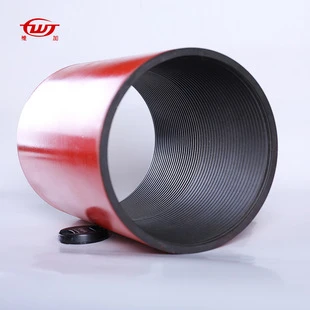- Afrikaans
- Albanian
- Amharic
- Arabic
- Armenian
- Azerbaijani
- Basque
- Belarusian
- Bengali
- Bosnian
- Bulgarian
- Catalan
- Cebuano
- Corsican
- Croatian
- Czech
- Danish
- Dutch
- English
- Esperanto
- Estonian
- Finnish
- French
- Frisian
- Galician
- Georgian
- German
- Greek
- Gujarati
- Haitian Creole
- hausa
- hawaiian
- Hebrew
- Hindi
- Miao
- Hungarian
- Icelandic
- igbo
- Indonesian
- irish
- Italian
- Japanese
- Javanese
- Kannada
- kazakh
- Khmer
- Rwandese
- Korean
- Kurdish
- Kyrgyz
- Lao
- Latin
- Latvian
- Lithuanian
- Luxembourgish
- Macedonian
- Malgashi
- Malay
- Malayalam
- Maltese
- Maori
- Marathi
- Mongolian
- Myanmar
- Nepali
- Norwegian
- Norwegian
- Occitan
- Pashto
- Persian
- Polish
- Portuguese
- Punjabi
- Romanian
- Russian
- Samoan
- Scottish Gaelic
- Serbian
- Sesotho
- Shona
- Sindhi
- Sinhala
- Slovak
- Slovenian
- Somali
- Spanish
- Sundanese
- Swahili
- Swedish
- Tagalog
- Tajik
- Tamil
- Tatar
- Telugu
- Thai
- Turkish
- Turkmen
- Ukrainian
- Urdu
- Uighur
- Uzbek
- Vietnamese
- Welsh
- Bantu
- Yiddish
- Yoruba
- Zulu
casing collar
Understanding Casing Collars in Oil and Gas Drilling
In the realm of oil and gas drilling, the integrity of well construction is paramount. One crucial component that ensures this integrity is the casing collar. Casing collars serve as indispensable parts of the casing string, marking connections and providing structural support throughout the drilling process.
Casing refers to the large-diameter tubes that are installed within a drilled well. These tubes are made from steel and create a permanent lining in the wellbore, which prevents the sides from collapsing and protects groundwater from contamination. The casing string is segmented into various sections, with each section connected at specific intervals by casing collars.
The primary function of casing collars is to facilitate the connection between different sections of casing
. Each collar is designed to fit snugly over the casing pipe, allowing for secure attachment through welding, threading, or the use of mechanical connectors. This ensures that the entire casing string is cohesive, preventing leaks and maintaining pressure within the wellbore.Moreover, casing collars are often equipped with specific features that enhance their performance. For example, many collars include indicators for depth measurement, which are essential for accurate monitoring and control during drilling activities. These depth indicators allow drilling engineers to know precisely where each section of casing is located within the wellbore, providing essential data for decision-making.
casing collar

Collars may also incorporate additional functionalities, such as hydraulic or cementing ports, which are used to facilitate the flow of fluids during the cementing process. Cementing is a critical phase in well construction, as it involves pumping cement into the annulus between the casing and the drilled wellbore. Proper cementing ensures that the casing is firmly anchored and sealed, preventing any undesired fluid migration.
The selection of appropriate casing collars is vital for successful drilling operations. Various factors must be considered, including the type of formation being drilled, the expected pressures and temperatures, and the overall design of the well. Different materials, such as carbon steel or alloy steels, may be employed depending on the environmental conditions and the mechanical requirements of the job.
Furthermore, regular inspection and maintenance of casing collars are necessary to ensure their reliability. As operations progress, collars may be subjected to significant mechanical stresses and corrosive environments. Assessing their condition helps in identifying any potential failures early, which can prevent costly delays and safety hazards during drilling.
In conclusion, casing collars play a pivotal role in the oil and gas drilling industry. They provide essential connections between casing sections, ensure the integrity of the wellbore, and facilitate crucial processes such as cementing. With the right materials and careful attention to design and maintenance, casing collars contribute significantly to the overall success of drilling operations. As technology evolves, advancements in collar design and materials will continue to enhance the safety and efficiency of oil and gas extraction, paving the way for a more sustainable energy future.
-
Well Casing Extension Couplings – Applications and InstallationNewsJun.06,2025
-
Types of Crossover Subs in Drilling & CompletionNewsJun.06,2025
-
Key Features of High-Quality Tubing Pup JointsNewsJun.06,2025
-
Installation and Maintenance Tips for Steel Couplings for PipeNewsJun.06,2025
-
How to Select the Right Pup Joint for Oil & Gas OperationsNewsJun.06,2025
-
Applications of Stainless Steel Pipe CouplingsNewsJun.06,2025







